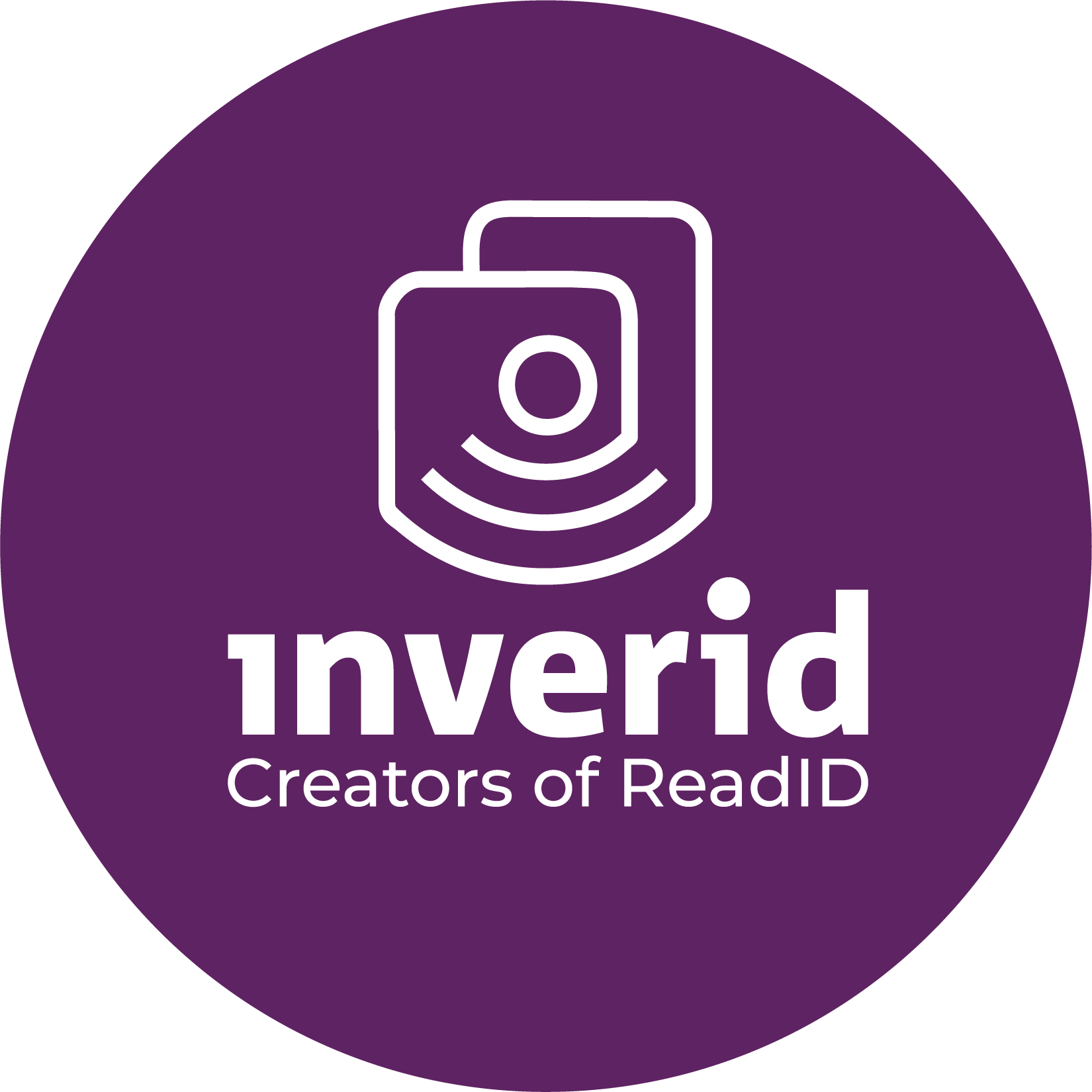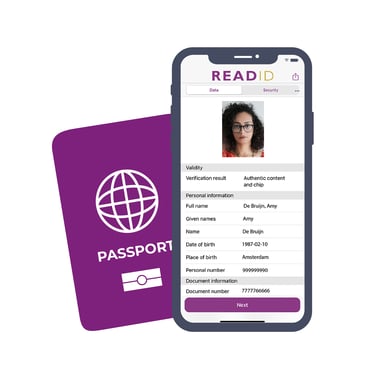Understanding the Power of Pre-Registration
Travel is no exception to the growing trend of digitalisation. From digital boarding passes to remote check-ins via smartphone, the way we move ourselves through the world is becoming increasingly paperless. One of the most significant developments in this realm is the introduction of Digital Travel Credentials (DTCs).
Passports and similar identity documents have an NFC chip with cryptographically protected biographic (name, birthday, etc.) and biometric (most notably face image) data. DTCs are a standardised and secure digital format of that same data but are not confined to a physical identity document. This enables travellers to digitally share their identity document data before they travel.
This blog gives more information on what DTCs are, their benefits, and why they are gaining traction.
What are Digital Travel Credentials (DTCs)?
Digital Travel Credentials refer to a digital version of traditional identity documents, such as passports and identity cards, with specifications put forward by the International Civil Aviation Organisation (ICAO). They are the digital counterparts to physical documents that travellers carry to cross international borders (known as electronic machine-readable travel documents or eMRTDs). DTCs contain the data present on the chip of the document but can be stored and transmitted digitally via end-user devices like smartphones and backend systems of travel-related organisations.
This data, essentially an “export” of the chip data, is called the virtual component (DTC-VC). It contains information of the holder, such as name, nationality, date of birth and the face image, and information of the identity document, such as date of expiry, document number and issuing country.
A DTC-VC derived from a related eMRTD is called an eMRTD bound or Type 1 DTC. In this context, the eMRTD is called physical component (DTC-PC). The specification also allows for alternatives to the eMRTD to be developed, like contactless smartcards or mobile devices, which are cryptographically linked to the DTC-VC. These are called eMRTD-PC bound (Type 2) and PC bound (Type 3), for both of which the specification is not fully complete yet.
These credentials use the same technologies as employed in NFC-enabled identity documents to ensure their authenticity, and allow for seamless processing at airports, borders, and immigration checkpoints.
See the document High Level Guidance: Explaining the ICAO Digital Travel Credentials for more details on the principle, types and development of the DTC standard.
The Benefits of Digital Travel Credentials
There have been various recent proprietary schemes with the aim of digitally facilitating passenger identification, onboarding and authorisation. The ICAO has recognised that this fragmented approach hinders the global interoperability of these methods. By providing DTC specifications, ICAO enables the development of solutions which can be used across various countries, airlines, and jurisdictions.
If globally adopted as standard, DTCs can give several benefits to actors in the travelling process:
1. Streamlined Passenger Experience: Airports and border control points are facing worsening congestion, particularly during peak travel seasons. DTCs have the potential to expedite processes like passport control and security checks by allowing travellers to transmit their identity document data in advance and use self-service points. With this method not all the data on the document chip needs to be read, improving processing times from 6-12 seconds to just 2-4 seconds.
2. Facilitating the Use of Biometrics: The adoption of DTCs supports the seamless integration of the included biometric data points (face image and fingerprints) into the travel process, enhancing both security and convenience. When providing the DTC before travel, travellers can be onboarded in biometrically-enabled security checks, cutting down on wait times and improving overall efficiency.
3. More Efficient Security Checks: The availability of the DTCs in advance enables aviation stakeholders to perform traveller authorisation and pre-arrival security checks and risk management long before the traveller is present, making the process at the border checkpoint itself much faster.
ReadID Support for Digital Travel Credentials
ReadID supports the DTC-VC via an export format of the information it reads from passport chips. This enables distribution of the DTC-VC to relevant parties in the customers’ business process. This includes end users, who may store the DTC-VC securely on their mobile device (possibly in a wallet app), giving them control over their identity data. Having a standardised format improves interoperability with other businesses involved in the customer’s process, such as transferring passenger information between carriers and border forces.
Furthermore, DTC-VCs (created anywhere) can also be presented to the ReadID system, enabling verification and usage of these credentials, regardless of their source or storage location.
There are some key differences in ReadID’s verification process of DTC-VCs and regular NFC-chipped identity documents. When verifying a presented DTC-VC, ReadID will execute passive authentication (check the digital signatures and hashes). There is no need to do access control (BAC, PACE), since the data is already available. Finally, cloning detection cannot be executed, because this requires the presence of the eMRTD.










